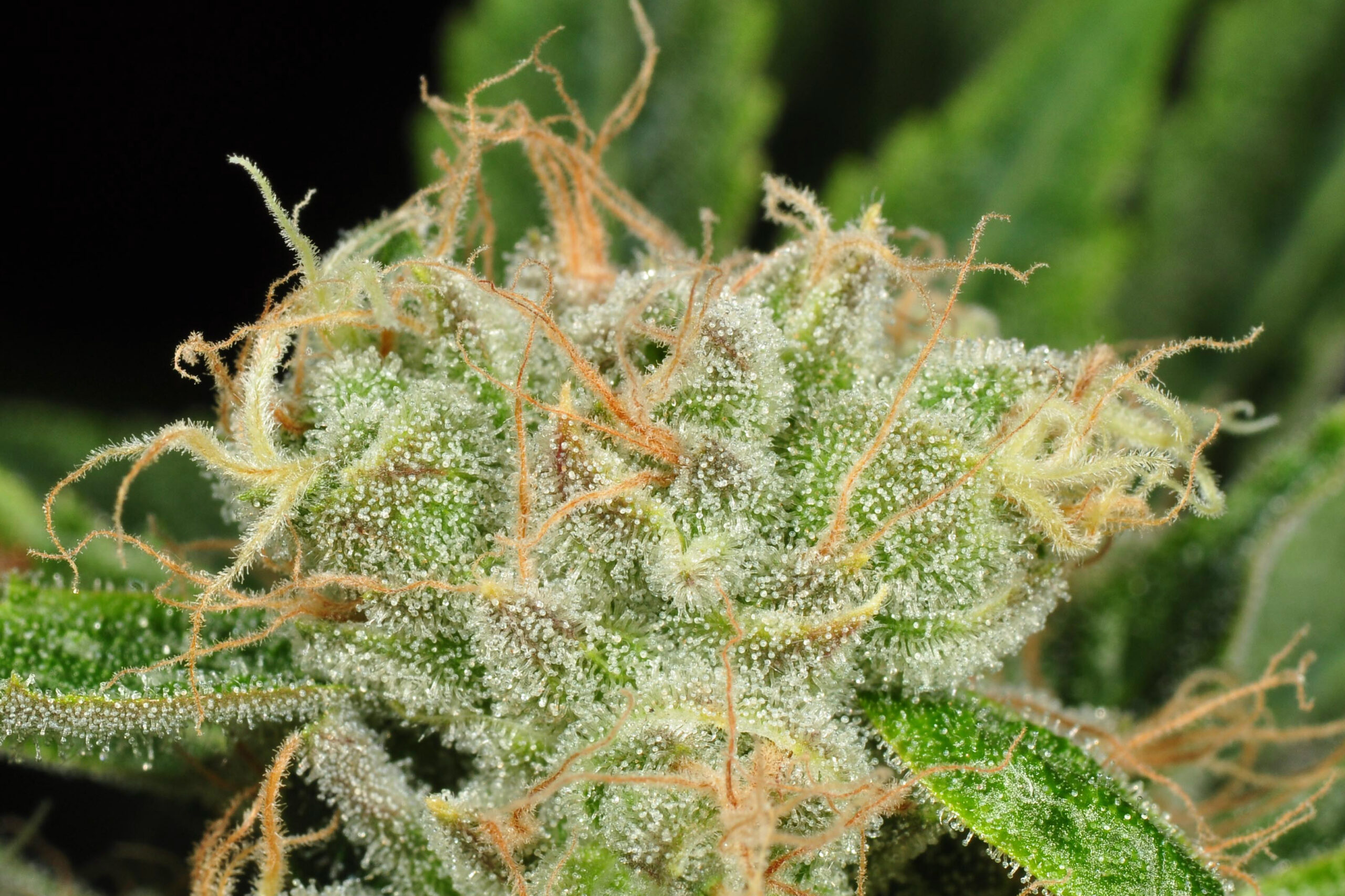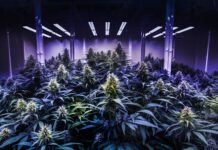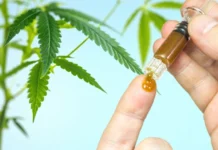The legal cannabis industry is leading the natural medicines space, in terms of both mass popularization and scientific research establishing its therapeutic and medicinal potential. However, there is still some confusion as to the legal status of some cannabis compounds, particularly among newer consumers.
Cannabidiol or CBD, for example, is a therapeutic cannabinoid with no psychoactivity which is legal in all 50 states. On the other hand, tetrahydrocannabinol (THC) is a psychoactive cannabinoid that can impair motor skills, coordination and perception of time in large amounts. Although THC is not addictive and carries no significant abuse potential, its psychoactivity alone has earned it a schedule 1 drug classification from the Drug Enforcement Agency. This drug classification is why THC — and by extension, marijuana — is still technically illegal at the federal level.
The number of states where recreational cannabis is legal grows every year, but in states where it’s only legal for medical purposes (or not at all), many consumers are unsure about the legality of even non-psychoactive cannabis components like CBD and terpenes.
What are terpenes?
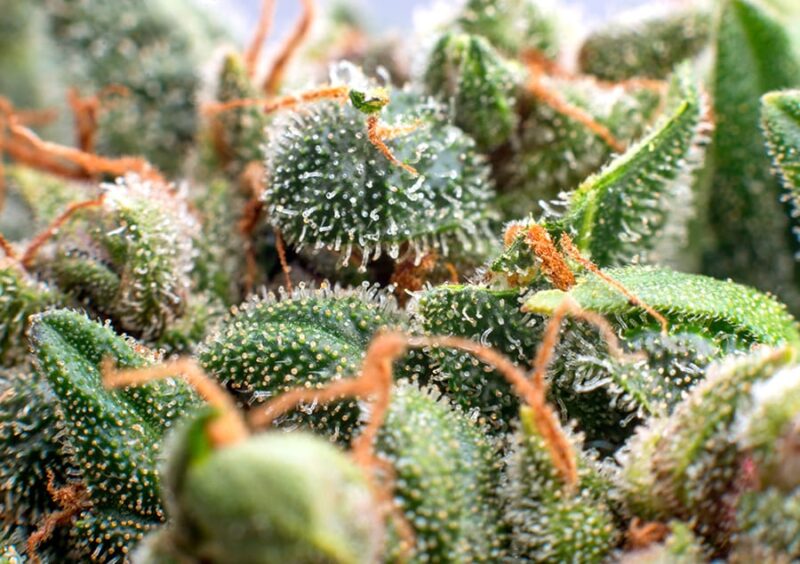
Terpenes are naturally occurring aromatic hydrocarbons that are found in virtually all plant life, serving vital functions like keeping predators at bay or attracting pollinators. It’s worth noting that terpenes are not exclusively found in cannabis; however, over 200 different terpenes have been identified in the cannabis plant alone. This has given it a significant role in scientific research into terpenes and their potential benefits.
Terpenes have been shown in a number of studies to hold significant therapeutic value in their own right. Myrcene, for example, produces analgesic and muscle relaxant effects while simultaneously lowering blood brain barrier resistance to complement the effects of cannabinoids on the nervous system. Terpenes like eugenol, geraniol and limonene have antimicrobial and antioxidant effects, to combat infections and free radicals while increasing skin penetration when used topically.
People around the world come in contact with terpenes on a daily basis, as they are the compounds behind the distinctive flavors and aromas of everything from flowers to herbs, spices, fruits and vegetables. Whether in the natural remedies of ancient cultures or in contemporary health, wellness or beauty products, the beneficial aspects of terpenes have been known to humankind for a very long time.
As of this writing, terpenes are in use across countless industries in the making of everyday products ranging from bath bombs to aromatherapeutic candles. This post goes over everything you need to know about terpene legality by examining the main classifications of terpenes and their differences.
Cannabis Derived Terpenes

Different strains of marijuana contain various compositions of terpenes that give them not only their characteristic aroma and flavor, but the effects they are known for among cannabis consumers as well. Terpenes can be extracted directly from these strains and sold in states where recreational cannabis is legal.
For instance, the strain known as Granddaddy Purple or “GDP” has high concentrations of the sedative terpene linalool, as well as alpha-pinene and caryophyllene. GDP is renowned as a nighttime strain perfect for sleep dysfunction as well as mood disorders like depression.
Other strains like Hindu Kush contain almost no linalool, and instead holds large proportions of myrcene, limonene and humulene. The strain is not recommended for consumption on a work day, as it produces a degree of couch lock along with significant analgesic and anxiolytic effects. For this reason, Hindu Kush is favored by consumers with chronic pain or anxiety disorders.
Non-Cannabis Derived Terpenes
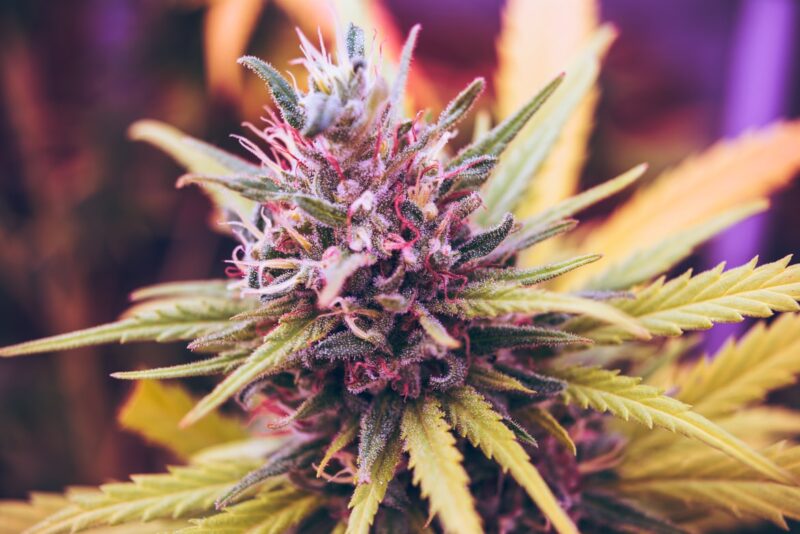
The same terpenes found in the above cannabis strains can also be sourced from non-cannabis sources. Reputable retailers like True Blue Terpenes carefully select plants closely related to cannabis to create terpene blends that imitate the aromatic and flavor profiles of each strain. Using alternatives to cannabis, True Blue creates some of the finest strain-specific cannabis terpenes, isolates and natural flavorings on the market, perfecting their products through repeated formulation, testing and ingredient sourcing.
It’s important to remember that the legal status of marijuana in a given state does not limit consumer access to any natural terpene. Examples of non-cannabis sources of the terpenes listed above include:
- Linalool can be sourced from lavender, laurels and rosewood, as well as any of their essential oils
- Pinene is sourced from conifer, rosemary and eucalyptus
- Caryophyllene is largely present in oregano, thyme and black pepper
- Myrcene can be sourced from hops, lemongrass and cardamom
- Limonene is very abundant in citrus fruits and their peels, red pepper and ginger
- Humulene is found in large concentrations in basil, vietnamese coriander and cloves
Conventional extraction methods for terpenes involve first breaking the plant cells in order to release their chemical constituents before extracting an intermediary sample with the use of a solvent or distillation. Terpenes are then separated from the sample through a reduction or refinement process. At present, two mainline processes of terpene extraction include steam- and hydrodistillation.
Synthetic Terpenes
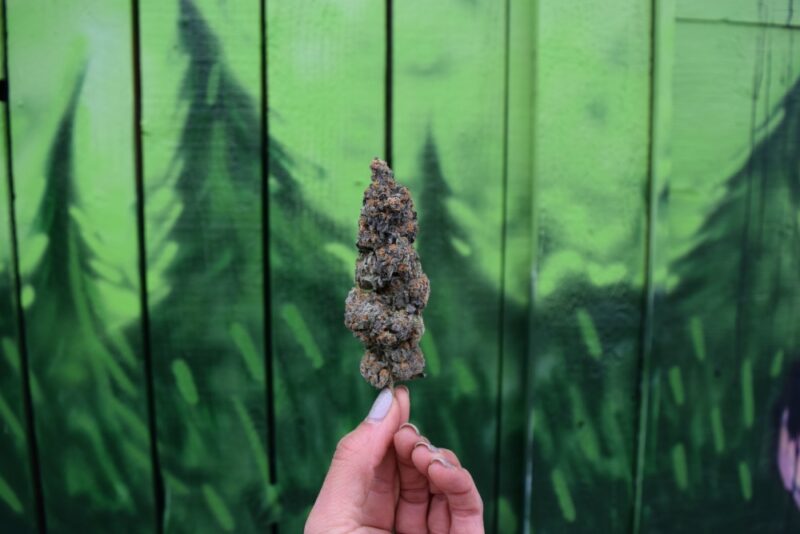
Unlike botanical terpenes, synthetic terpenes are not found in nature. Instead, they are synthesized in laboratories via chemical blending, manipulation and experimentation. Synthetic terpenes are engineered to have more intense aromas and flavors than their natural counterparts, as well as more expansive potential applications in the flavoring and fragrances industries.
Synthetic terpenes are currently not intended for infusion into edible products, but for items like cologne, air fresheners and some bath products. This is likely for the better, as a study out of Portland State University showed that synthetic terpenes can form harmful compounds like benzene, a carcinogen, when heated to temperature ranges typical to the activities of dabbing and vaping.
The Role of Sourcing in Legality
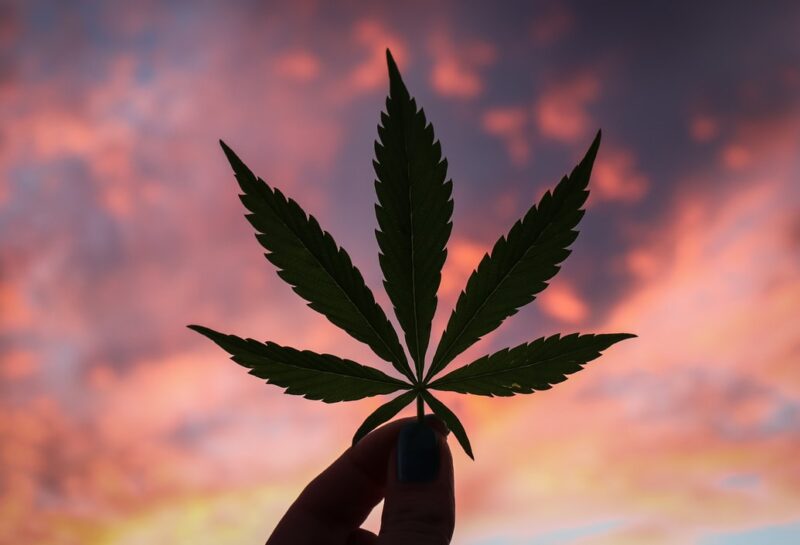
Put simply, terpenes are legal not just across the United States, but internationally because they can be extracted from multiple plant sources. Even consumers looking to acquire strain-specific terpene blends can do so without cannabis ever entering the equation. In states, provinces or localities where marijuana is still illegal, consumers would do well to ensure their terpenes come from non-cannabis sources simply to avoid running afoul of the law.

